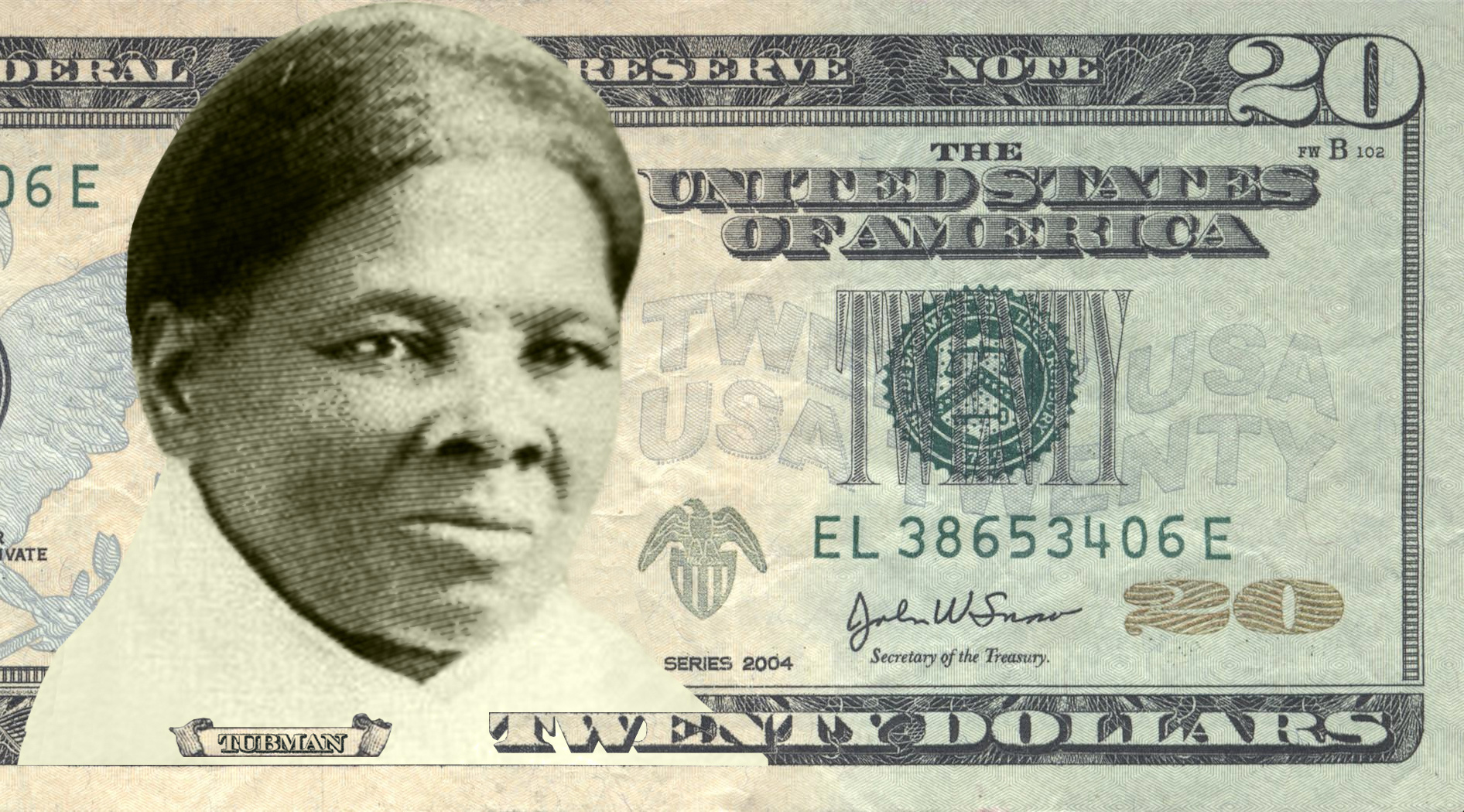Susan Ades Stone is executive director of Women on 20s, a non-profit group devoted to getting a woman's face on U.S. paper currency. Women on 20s held an online election earlier this year, allowing people to vote for their choice among 15 inspiring American women in history. Harriet Tubman was the winner. Ades Stone is an award-winning journalist who has worked for the Washington Star, CNN and MacNeil/Lehrer News Hour among other news outlets. She recently produced live multimedia events with the World Science Festival. In this Q&A, Ades Stone talks about the Treasury's decision to put a woman on the $10 bill and why she thinks a woman should be on the $20, too.
Why did you start this campaign?
The dream to get a woman on the $20 bill in time for the centennial of women’s suffrage in 2020 was not mine, but Barbara Ortiz Howard’s. I was just someone — a friend of hers — who recognized a great idea whose time had come and came up with a scheme to get the American public excited about helping get it done. I figured, who wouldn't want to be a part of bringing about historic change if we made it as easy as clicking a few website links and telling friends about it through social media? The election campaign model seemed like something everyone would understand. We'd make our candidates into "American Idols" and build suspense that would make the nation want to tune in again and again. With more than a dozen candidates on the slate, some of them well known, some not (but who certainly should be), we had the opportunity to create a great teaching moment for people of all ages, which was an important secondary goal. Conducting the poll in stages – with both a primary and final round – guaranteed we'd keep the conversation going until the vote totals and media coverage reached a critical mass that couldn't be ignored.
When did the momentum shift and why?
The wind seemed to be at our backs from the very start and the momentum just kept building steadily. It probably helped that the week before we launched the voting on March 1st, Rosanna Arquette literally set the stage using her Oscar acceptance speech to rally Americans behind greater gender equality. Social media was primed for our campaign with hashtags abounding about women, equality and money. I produced four videos to drive home our message — all of them popular — but the one that showed young children looking in vain for girls on paper bills really hit a chord and went viral.
What are your thoughts on the $10 vs. the $20?
While the Treasury's decision to feature a woman on our paper currency is a watershed event, the choice to start with the ten is not optimal from our perspective. We believe that the images on our paper currency are highly symbolic, broadcasting at home and abroad whom and what we value. We chose the $20 because for well-known reasons, Andrew Jackson is a reminder of a shameful and painful moment in our history and no longer deserves to be on our paper currency. The $20, because of it's ubiquity in our daily lives, is prime symbolic real estate and a perfect place to communicate the importance of respecting and valuing women and clearing a path toward greater gender equality. As grassroots organizers, we believed this argument would galvanize public support for making this dramatic change.
The Treasury understandably approached the issue from a different angle, its first priority being to address counterfeiting vulnerabilities in our money supply and the $10 bill came up as the prime target. The redesign was already well underway when our campaign began. So even though the idea of introducing a woman on paper currency was on their minds, according to Treasury officials, their top-down approach when the pressure of our campaign came to bear with a deadline of 2020 (the 100-year anniversary of women's right to vote), was to do the expedient thing and simply add her to the ten, demoting Alexander Hamilton to a lesser position. It was hard for the public not to perceive this halvsie solution as a slight to both women and a popular founding father.
Read MoreTwo great women for the $10 bill
What hasn't been reported clearly is that the Treasury said that it intends only to reveal the design of the new $10 in 2020, but it does not currently expect to put the bill into circulation until two or three years later. Whatever else the government does — and we'd like to see them work on the $20 concurrently — we think it's critical that a bill with a woman alone be in our wallets to properly commemorate the centennial in 2020 and everyone should hold Treasury's feet to the fire on that.
Who are some of the women you would like to see on a U.S. bill?
I wrote the bios of each of the 15 women we had on our initial slate of candidates and each one blew me away with their heroism. But after 600,000 votes were cast, Harriet Tubman came out on top and I do believe that argues for giving her the spot on our most valuable monetary real estate — the $20 bill. In my personal opinion, Frances Perkins (the U.S. Secretary of Labor from 1933 to 1945, and the first woman appointed to the U.S. Cabinet) on the 10 would serve to elevate a woman who deserves to be a household name for what she accomplished, much like Eleanor Roosevelt and Rosa Parks.
Commentary by Susan Ades Stone, executive director of Women On 20s. Follow her on Twitter @susanadesstone.


